A guide to every type of cooking oil, and what best to use them for
Light/pure/regular olive oil

Generic extra virgin olive oil
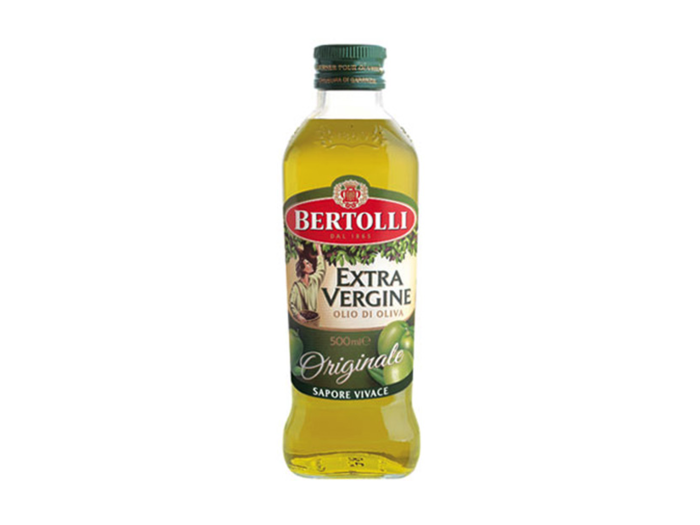
What it is: Just like wine, extra virgin olive oil can vary in taste: buttery, spicy, fruity, or grassy. Oils' origins are a good signifier as to what they taste like.
Smoke point: 320 degrees Fahrenheit
What it's good for: Frying, marinades, dressing, ice cream, finishing
What it's bad for: Roasting, deep-frying, baking
Unfiltered extra virgin olive oil
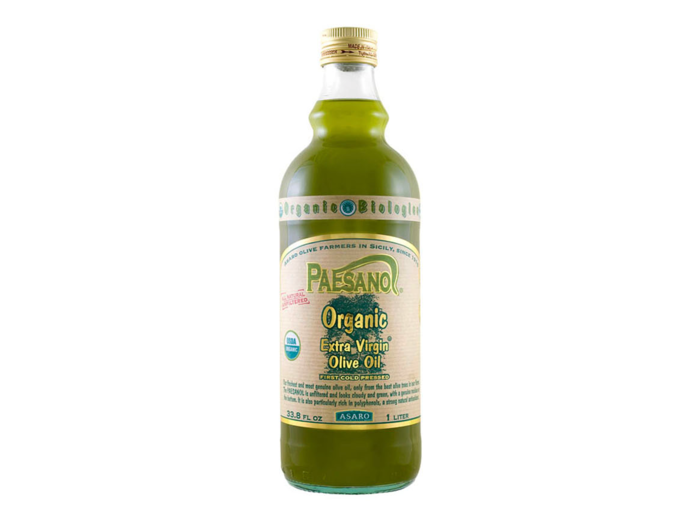
What it is: Because it is unfiltered, this oil is cloudy with natural sediments. Extremely aromatic but too weak to stand heat, it should only be used for drizzling. Its shelf life is around three months.
Smoke point: Low to no heat
What it's good for: Finishing salads and soups
What it's bad for: Frying and deep-frying
Peanut oil
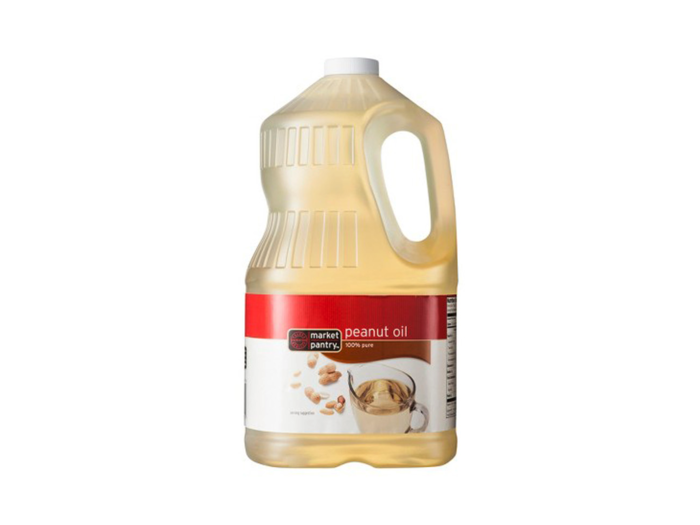
What it is: Obviously, this cooking oil has a nutty scent and powerful flavor. It can turn quickly, so store it in a cool, dry place, and try using up the bottle within a few months.
Smoke point: 440 degrees Fahrenheit
What it's good for: Frying, deep-frying (especially chicken and french fries), Asian stir-fry
What it's bad for: Grilling (sticks to grates), anything that requires a neutral flavor
Corn oil
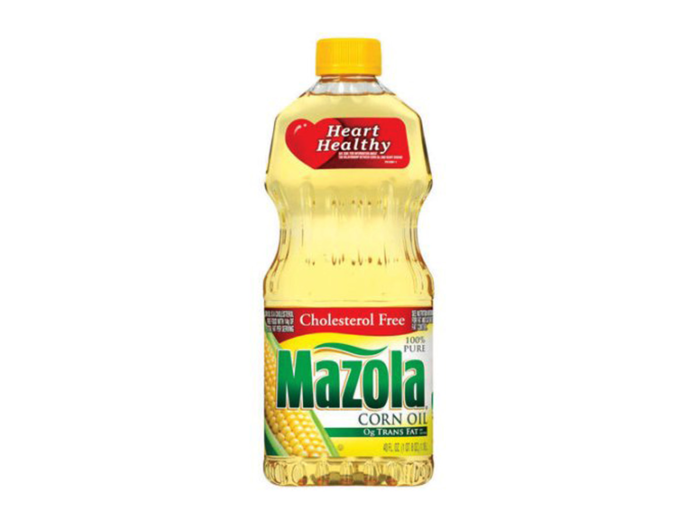
What it is: While corn oil, like peanut oil, has a high smoke point, it does not have a distinct flavor. Its neutral taste and low price point make it a great cooking staple.
Smoke point: 450 degrees Fahrenheit
What it's good for: Deep-frying
What it's bad for: Low-heat cooking, drizzling, finishing
Coconut oil

What it is: Solid at room temperature, coconut oil is similar to butter, and great for foods that need a touch of tropical flavor. It is also said to have a tons of health benefits, and beloved by paleo cooks.
Smoke point: 350 degrees Fahrenheit
What it's good for: Roasting, baking, curries, soups
What it's bad for: Vinaigrettes, finishing
Canola oil
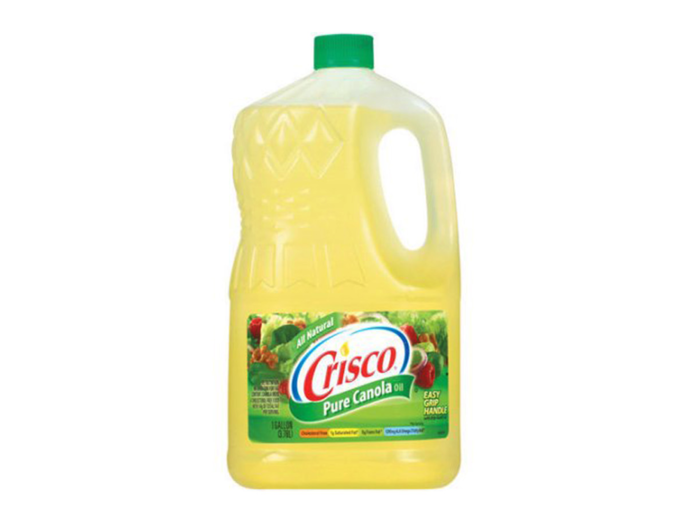
What it is: Extremely versatile and inexpensive, canola oil is a popular cooking ingredient used for a variety of purposes. Extracted from the rapeseed plant, this oil has a neutral taste.
Smoke point: 400 degrees Fahrenheit
What it's good for: Grilling, baking, sautéeing, marinades
What it's bad for: Low heat cooking, drizzling
Vegetable oil
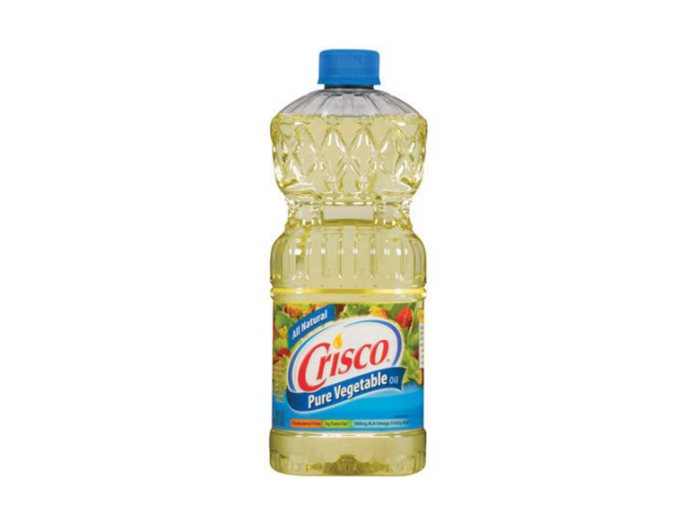
What it is: This common kitchen staple is just a combination of various refined oils. Depending on the blend, vegetable oil normally has a high smoke point and neutral taste.
Smoke point: 400 degrees Fahrenheit
What it's good for: Marinades, pan-frying, all-purpose
What it's bad for: Finishing
Grapeseed oil
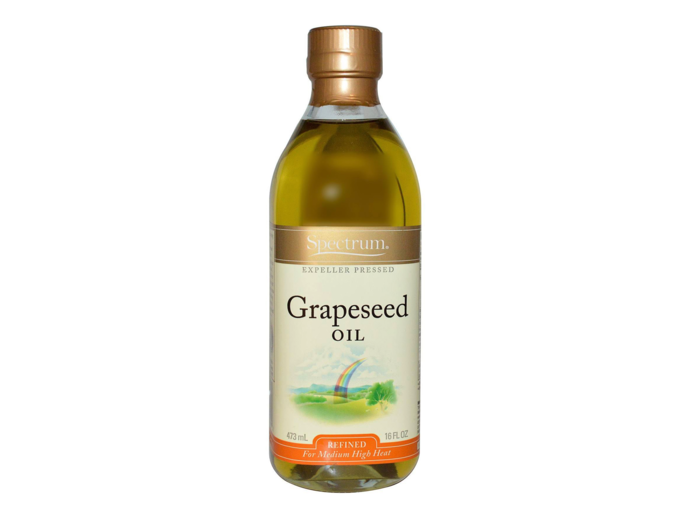
What it is: Green in color, this oil is what American culinary writer Steven Raichlen calls "the Rolls-Royce of oils." It is clean, neutral, and has a high smoke point, making it a top-of-the-line oil to cook with.
Smoke point: 390 degrees Fahrenheit
What it's good for: Grilling, frying, salad dressings
What it's bad for: Deep-frying
Flaxseed oil
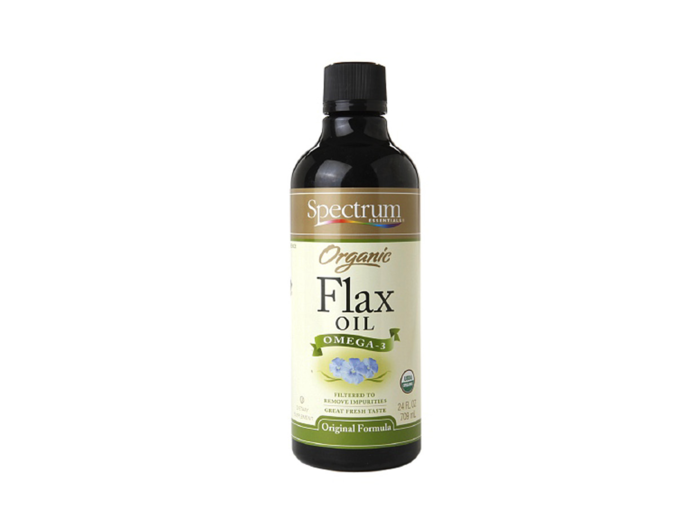
What it is: Colorless and nutty, this oil has traditionally been used in medicines, and is known to be heart-healthy.
Smoke point: 225 degrees Fahrenheit
What it's good for: Dressings, finishing, seasoning cast-iron skillets
What it's bad for: Too much can impart a fishy, funky flavor
Avocado oil
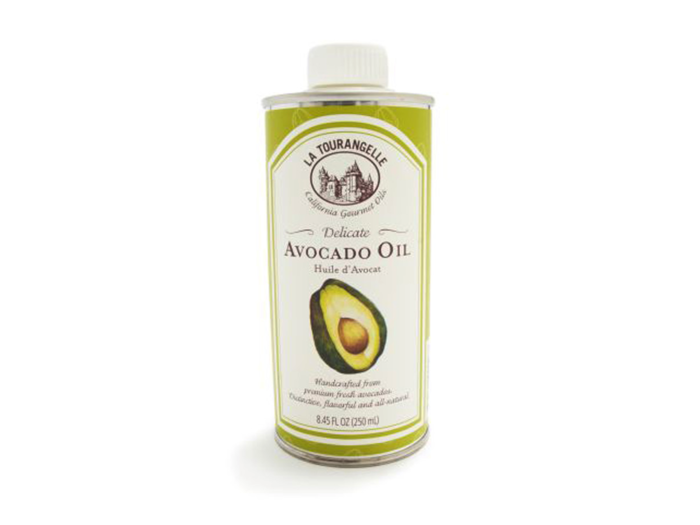
What it is: Similar to extra virgin olive oil, the avocado variety is just as nutritious. Neutral in flavor with slightly grassy notes, this oil can last up to six months after being opened.
Smoke point: 450 degrees Fahrenheit
What it's good for: Dressings, searing meat, baking, roasting fish
What it's bad for: Frying and deep-frying
Hemp oil
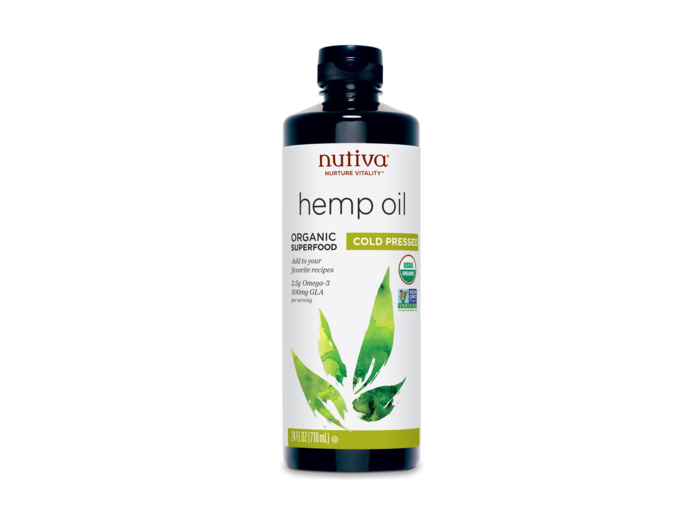
What it is: A delicious alternative to olive oil, hemp oil is nutty in taste and greenish golden in color.
Smoke point: 330 degrees Fahrenheit
What it's good for: Dressings, sautéeing meats and vegetables, marinades, sauces
What it's bad for: Frying and deep-frying
Sesame oil
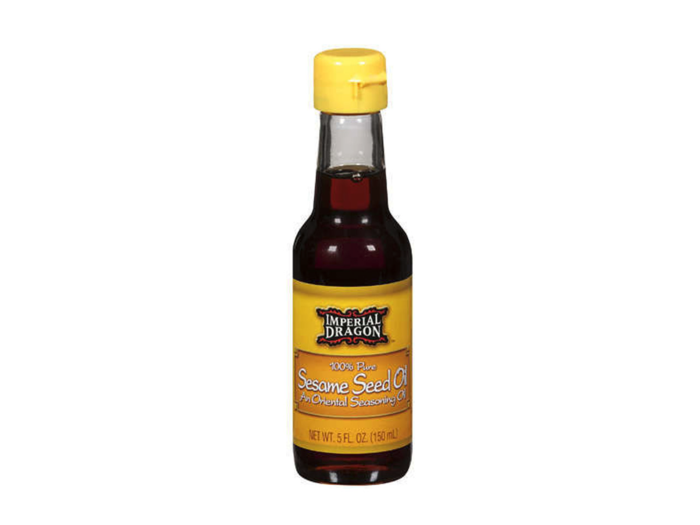
What it is: Nutty and flavorful, sesame oil is often used as a flavor enhancer for Asian cuisines. Divided into light and dark varieties, the former can be used for light frying, whereas the latter should be used for lower-heat cooking.
Smoke point: 350 to 410 degrees Fahrenheit
What it's good for: Stir-frys, marinades, dressings, sauces, soups, finishing
What it's bad for: Deep-frying, baking
Sunflower oil
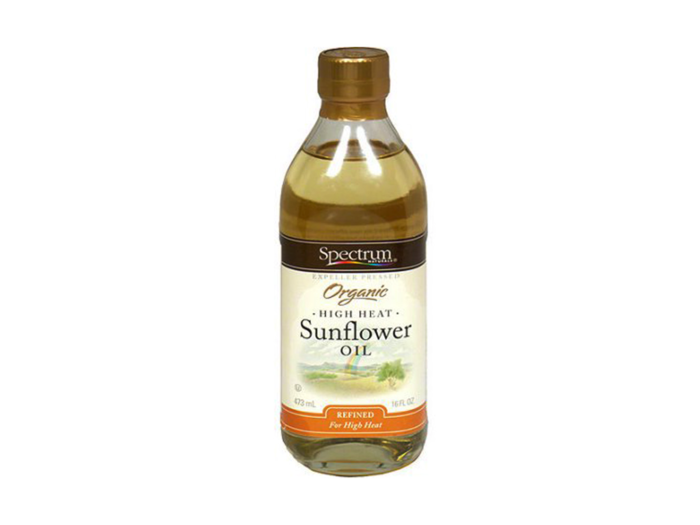
What it is: A great source of vitamin E, sunflower oil can withstand high heat and has a neutral flavor. The unrefined version is traditionally used in Eastern European dressings.
Smoke point: 440 degrees Fahrenheit
What it's good for: Deep-frying, dressings, baking
What it's bad for: Finishing, low-heat cooking
Red palm oil
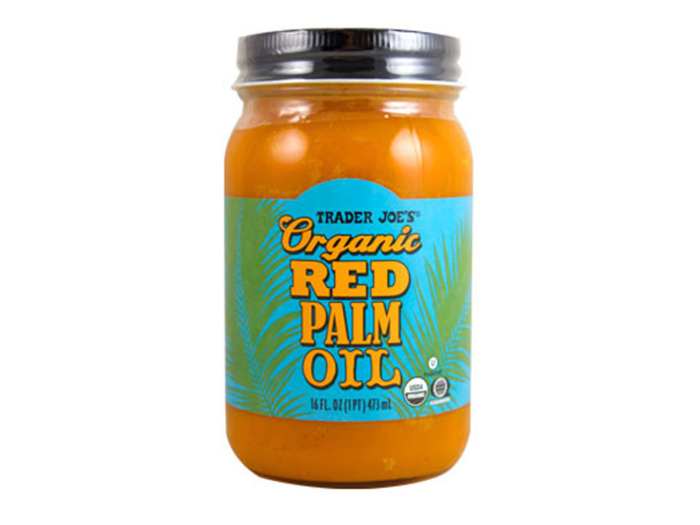
What it is: Mild and subtly tasting of carrot, this unrefined oil has a rich, buttery texture that is often used in South America and West Africa. Like its coconut oil cousin, red palm oil is solid at room temperature.
Smoke point: 450 degrees Fahrenheit
What it's good for: Baking, soups, stir-frys
What it's bad for: Finishing, cooking at
Popular Right Now
Popular Keywords
Advertisement